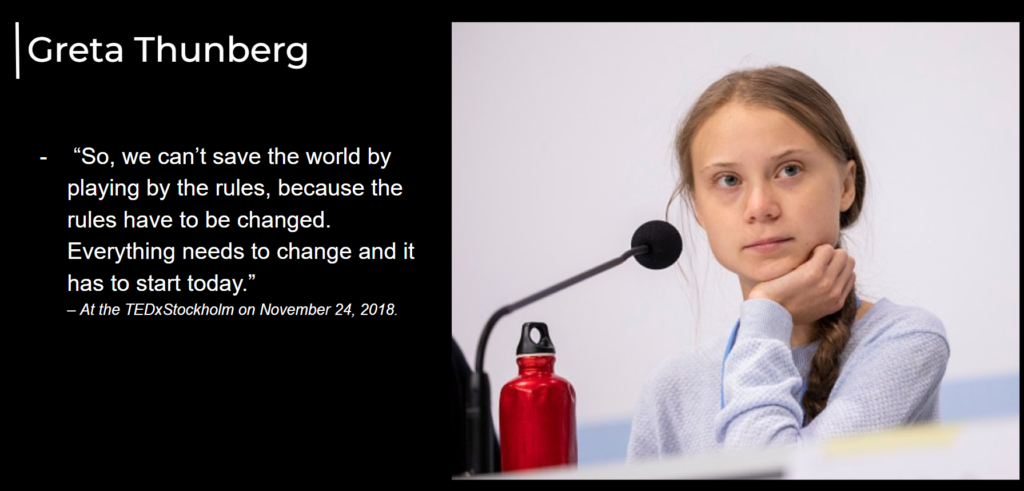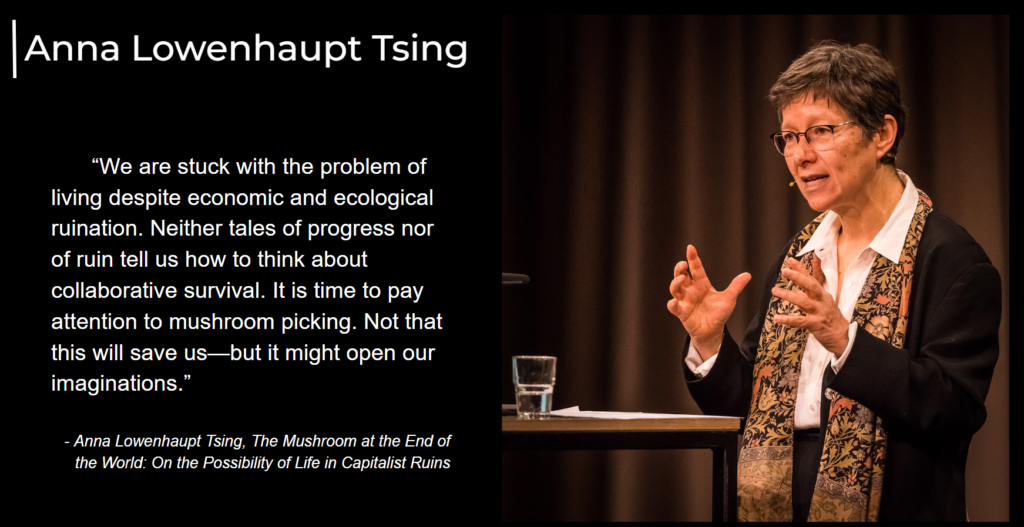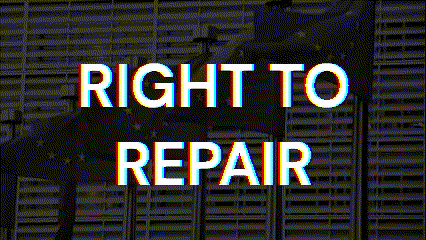
Throughout this blog we will highlight each section and we hope to inspire others like the way we have been inspired. We will present a progressive material, then show how we get this material integrated into the construction world.
Proposition
“ We propose that the usage of Mycelium should be legalised in the Code for Urban Planning of Catalonia through the EU Right to Repair legislation, which will play a pivoting role in reducing the overall carbon footprint in the environment and into the future. ”
Mycelium – A Progressive Material
- Mycelium, an innovative bio-material, has garnered attention in the construction industry due to its sustainable and eco-friendly properties.
- Mycelium is the root-like network of fibres produced by fungi. It serves as the foundation for the growth of mushrooms.
But, Why Mycelium?
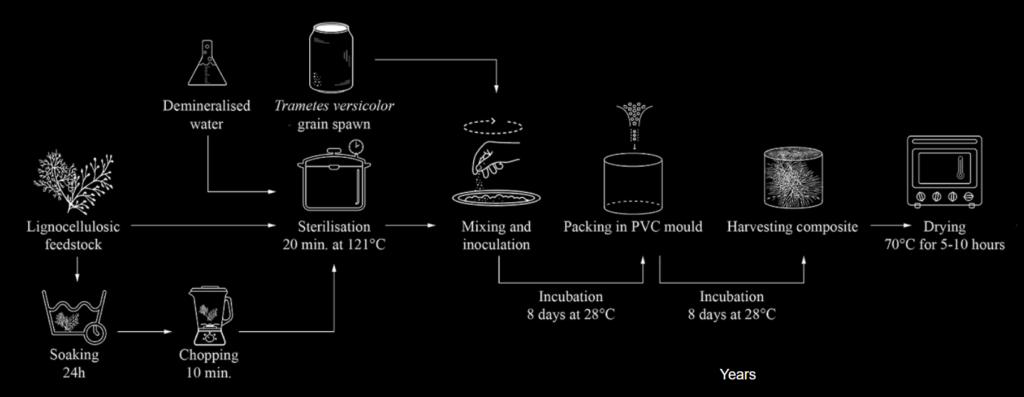
Benefits: Mycelium
- Low Environmental Impact
- Low-Cost and Energy-Efficient
- Biodegradability
- Insulation
- Versatility
- Renewable and Non-Toxic
- Potential for Innovative Design
Carbon Footprint: Mycelium
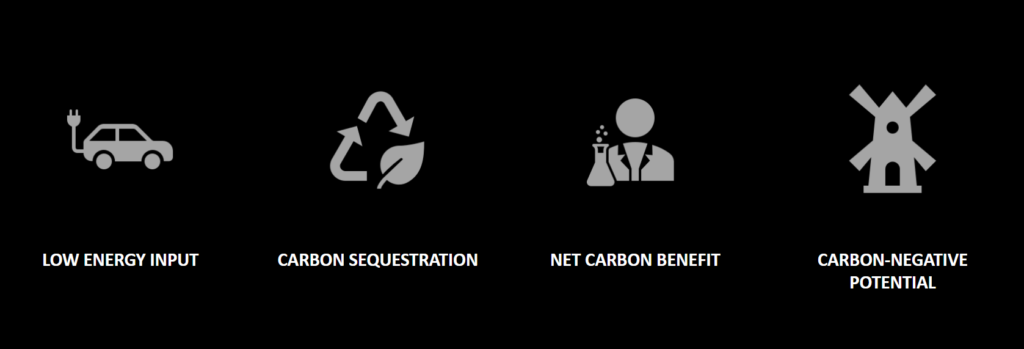
Mycelium: Carbon Sequestration
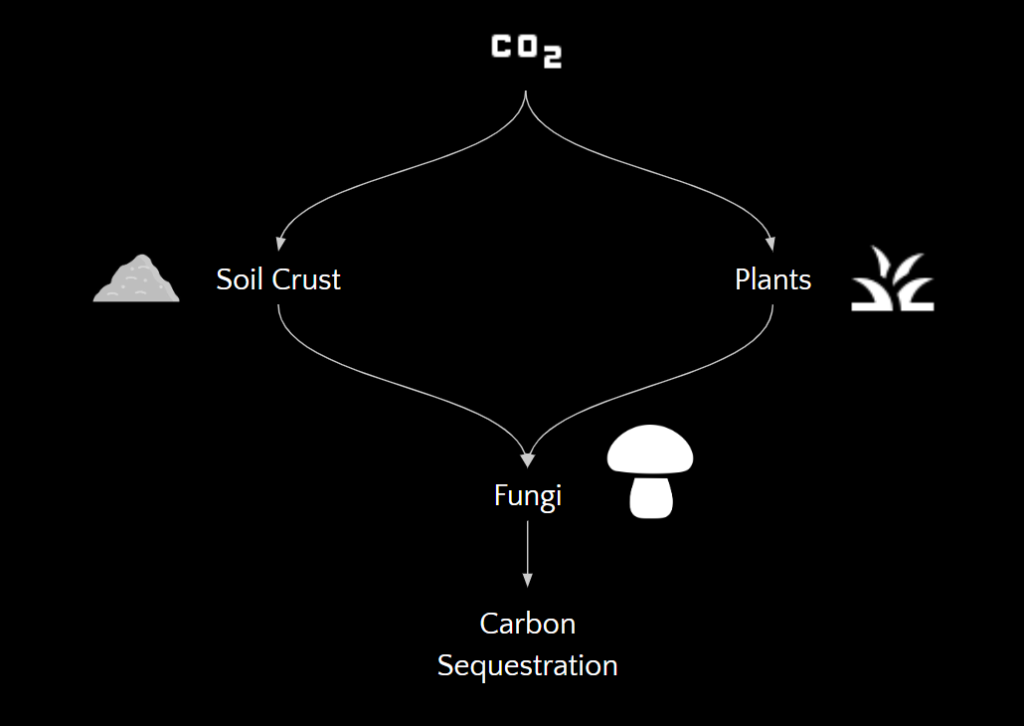

Challenges and Complications

But Which Building Components can Mycelium replace right away?
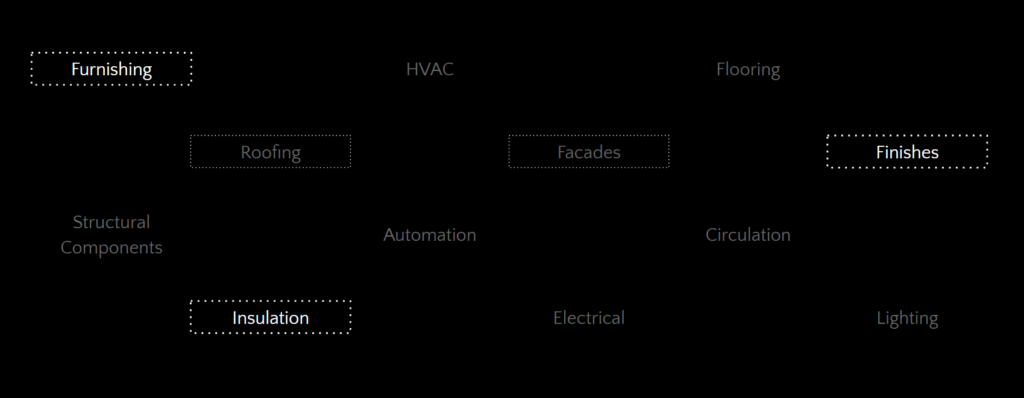
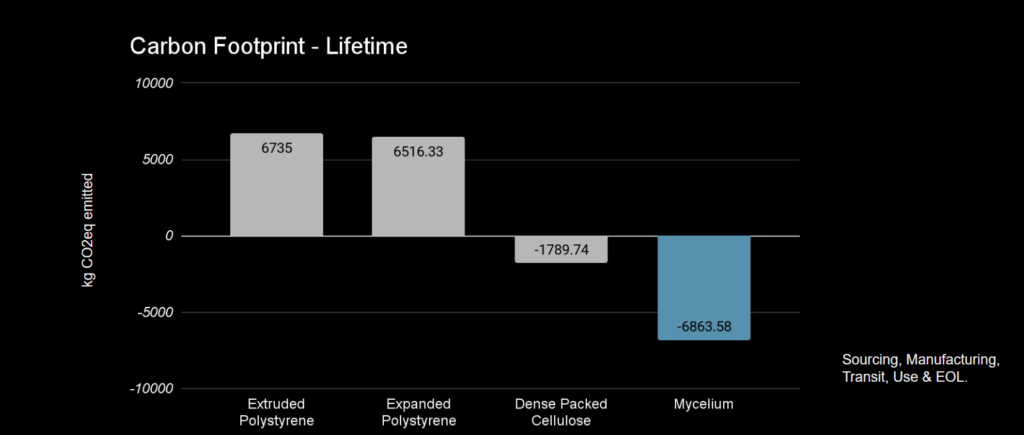
Case Studies: Successful Innovations
Biohm:
Start-ups like London-based Biohm are using mycelium to create building insulation that is naturally fire-retardant and removes “at least 16 tonnes of carbon per month” from the atmosphere as it grows. As for their claim of removing at least 16 tonnes of carbon per month, it’s based on their production process.
At the initial scale of their mycelium insulation biomanufacturing facility, known as the Biomill, they produce “3,000 square meters of mycelium insulation per month”.
When scaled up, each Biomill will produce enough insulation for 120 homes per month, consuming around 240 tonnes of ‘waste’. This process sequesters up to 30 tonnes of carbon, which is equivalent to the monthly carbon sequestration of almost 20,000 trees.
MYCOCYCLE:
Mycocycle, a company based in Chicago, Illinois, USA, aims to use mycelium to remediate toxic waste from construction and demolition.
Mycocycle uses mycelium to break down harmful substances such as asbestos, lead, and polychlorinated biphenyls (PCBs) and turn them into harmless organic matter.
Legal Constraints
What is the Código de Urbanismo de Cataluña?
The Código de Urbanismo de Cataluña is a collection of laws and regulations related to urban planning and development in the autonomous community of Catalonia, Spain. It covers topics such as land use, landscape protection, housing, public services, and environmental impact.
The Código de Urbanismo de Cataluña covers the materials that can be used for repairing parts of the building in section 9. – Updated edition as of January 5, 2024
What materials are permitted in repairs within the Código de Urbanismo de Cataluña?
According to this law, the materials used for repairing parts of the building must comply with the following conditions:
- They must be suitable for the intended use and function of the building and its parts, taking into account the environmental conditions and the expected service life.
- They must meet the technical specifications and standards that apply to them, as well as the conditions of approval, certification, or conformity assessment that may be required.
- They must be compatible with each other and with the existing elements of the building, avoiding negative interactions or degradation.
- They must be used and installed according to the manufacturer’s instructions and the project’s specifications, ensuring their correct performance and durability.
What does this mean for Mycelium?
Currently, Mycelium does not meet these conditions, as it is a living and unpredictable material that can degrade over time and be affected by environmental factors. Therefore, the repairs section does not permit Mycelium.
Right to Repair – A Catalyst for Change
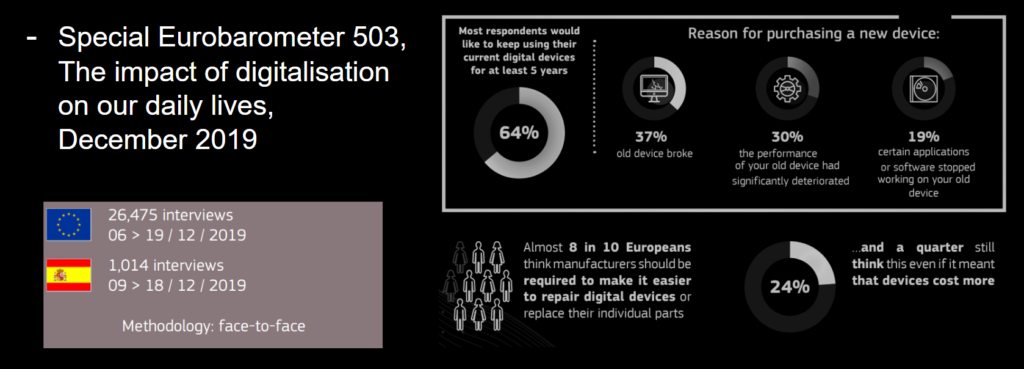
How could the EU Right to Repair allow the use of mycelium as a material in the construction industry for the future?
The EU right to repair could allow mycelium as a material for urban planning in the future by:
- Creating a demand for more durable, repairable, and reusable products, which could encourage the use of mycelium as a material that can be easily maintained, modified, or recycled.
- Supporting the development and innovation of novel and circular materials, such as mycelium, that can reduce the environmental impact of construction and contribute to the circular economy.
- Providing incentives and regulations for the use of local and organic materials, such as mycelium, can create value from waste streams and support local communities and businesses.
- If the right to repair promotes Mycelium in this sector, it will pressure local construction codes to be more progressive in their permitted materials.
Where is the right to repair meaningful, in the re-evaluation of learning models, skill acquisition and upskilling when working with Mycelium?
- Learn how to grow, shape, and maintain mycelium materials for various purposes, such as building, insulation, or packaging.
- Upskill themselves by acquiring new technical and creative skills related to mycelium, such as design, engineering, or biotechnology.
- Reskill themselves by exploring new career opportunities in the emerging mycelium industry, which is expected to grow and create more jobs in the future. – (Mycelium, Biotech Careers) (Scientists develop ‘mycocrete’ from fungi that could revolutionize the construction industry, World Economic Forum, Aug 23, 2023)
- Retrofit their products or buildings with mycelium materials, which are more sustainable, biodegradable, and adaptable than conventional materials.
Initiating Our Goals
Social Media Platforms
Leverage social media platforms through partnerships with influencers, to promote the legalisation of progressive materials like Mycelium in construction through the right to repair to make the local construction codes more progressive across the EU states.
Social Media Reach
- For younger audiences platforms like Instagram and TikTok will have the best reach. Trends such as the Mycelium TikTok dance could trend across these platforms.
- For more senior audiences hashtags from Myspace and Facebook could be used to reach new audiences. #myceliumsaves
- Similarly this could be used millennials on X and word of mouth from large influencers.
Plan for Change
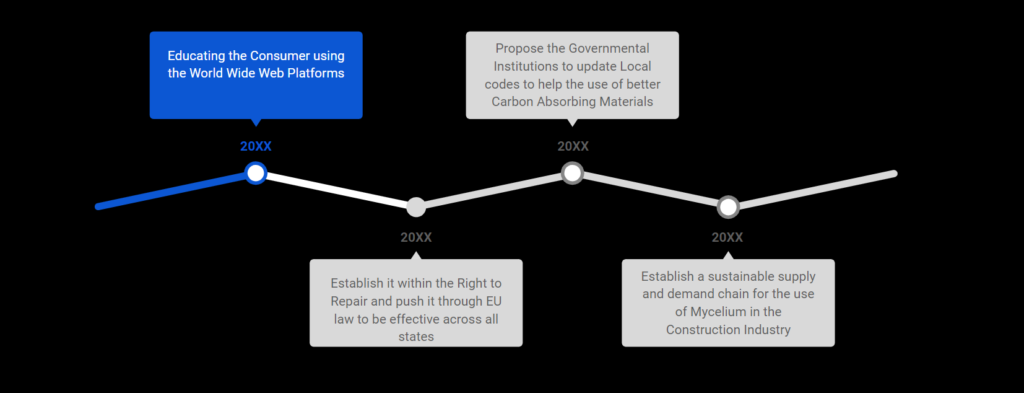
Inspirational Figures
We found great inspiration and find a lot of correlation with these following figures. Thank you for reading. We have attempted to reach out to them and we are still waiting on a response as of 14/02/2024 to help get a platform for change and to educate the world on our theory. Once we have had a response we plan to update this section. Once this has happened, our theory will then be applied.
